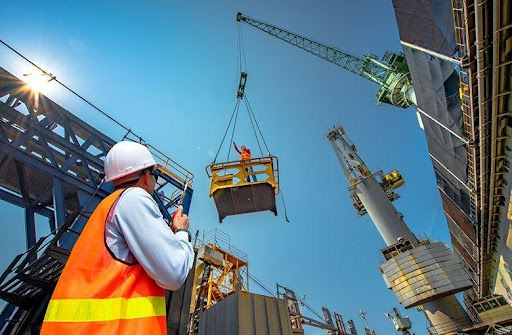When most people think about home safety upgrades, they picture security systems, storm shutters, or reinforced doors. While these are certainly valuable, there is a more structural and foundational aspect to safety upgrades—one that involves heavy-duty equipment, precise calculations, and expert coordination. This is where rigging comes into play.
Rigging, often associated with construction or industrial settings, is an essential process for many home improvements related to safety. Whether installing storm shelters, lifting generators, or reinforcing roofs, rigging provides the strength and control necessary to implement these critical upgrades both safely and efficiently.
What is Rigging and Why Does It Matter for Safety?
Rigging involves using cranes, hoists, slings, and other lifting equipment to safely move, place, or secure heavy materials or components. In the context of home safety, rigging is used to lift or install structural reinforcements, position large pre-cast units like storm shelters, and move equipment such as generators or solar battery systems into place.
Without proper rigging, these tasks can be dangerous or impossible. Incorrect lifting can lead to property damage, personal injury, or compromise the very safety system being installed. That’s why professional rigging plays such a crucial role in carrying out these upgrades properly.
Home Safety Projects That Often Require Rigging
1.Storm Shelter Installation
Above-ground and in-ground storm shelters often come as solid concrete units weighing several tons. These shelters must be lifted and set with precision—something only a rigging crew can safely handle. Proper placement ensures that the shelter can be used effectively in emergencies.
2. Seismic and Structural Retrofits
In areas prone to earthquakes, homes may require additional support in the form of steel frames, bracing systems, or reinforced shear walls. These structural elements are heavy and must be installed in difficult-to-reach locations, making rigging essential to the process.
3. Rooftop Reinforcements and Equipment
Hurricane straps, tie-downs, and new roofing structures often need to be installed as part of windstorm protection. When these projects require hoisting large trusses or structural materials, cranes and rigging equipment are necessary.
4. Backup Power Systems
Homeowners investing in large backup generators or solar battery storage systems must consider how to move and install the heavy components. Rigging equipment ensures these units can be safely lifted into tight spaces such as concrete pads or basements without damaging surrounding infrastructure.
Benefits of Using Rigging for Safety Upgrades
Safety During Installation
Ironically, a safety upgrade can become a hazard if installed incorrectly. Rigging professionals ensure that all components are handled by load capacity, terrain conditions, and proper lifting techniques.
Access and Precision
Many safety-related components must be installed in hard-to-reach or elevated areas. Rigging allows for the safe movement of materials through narrow side yards, over rooftops, or into crawlspaces—without causing structural damage.
Reduced Property Disruption
Manually moving heavy items often leads to damaged landscaping, broken fences, or interior harm. Rigging enables precise placement with minimal disturbance to your property.
When to Hire a Professional Rigger
If your home upgrade involves moving a large item, placing a prefabricated unit, or installing heavy structural elements, bringing in a rigging specialist is essential. They’ll assess the project, plan the lift, and manage all aspects of the move—ensuring your project stays on schedule and adheres to safety guidelines.
Seek contractors with experience in residential rigging and appropriate certifications. Many general contractors collaborate directly with rigging teams to coordinate installation timelines, inspections, and compliance.
Home safety involves more than just alarms and locks; it also encompasses the integrity and strength of your physical space. Whether it’s anchoring your home against storms, protecting against earthquakes, or ensuring your backup power is ready when you need it most, rigging provides the strength and precision needed for reliable, long-lasting upgrades.
When it comes to protecting your home and loved ones, ensure your safety upgrades begin with a solid foundation—professionally rigged and expertly placed.







